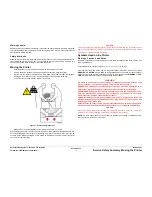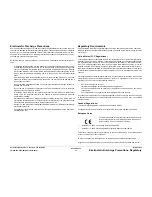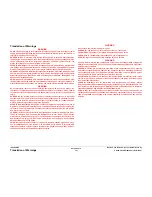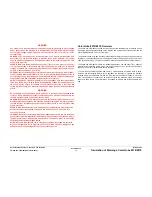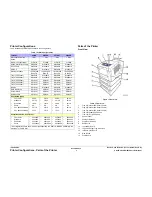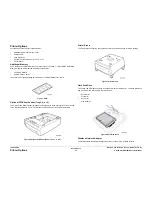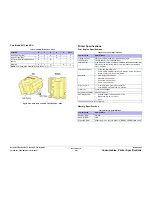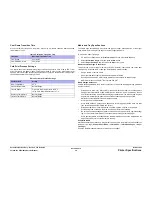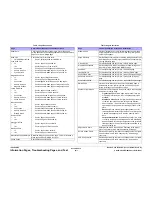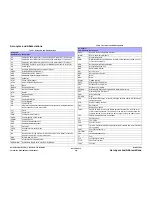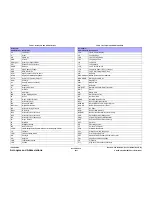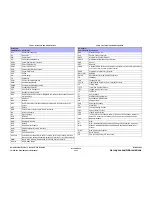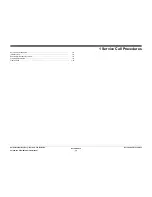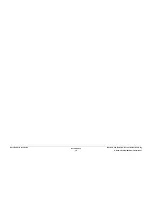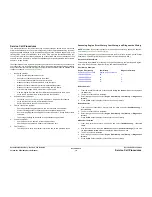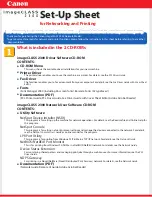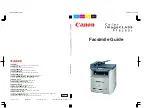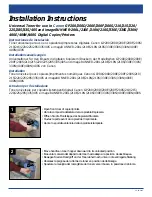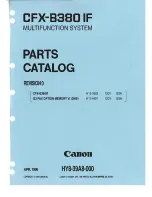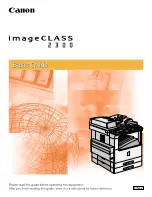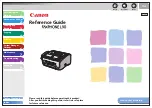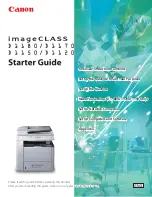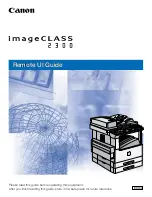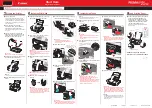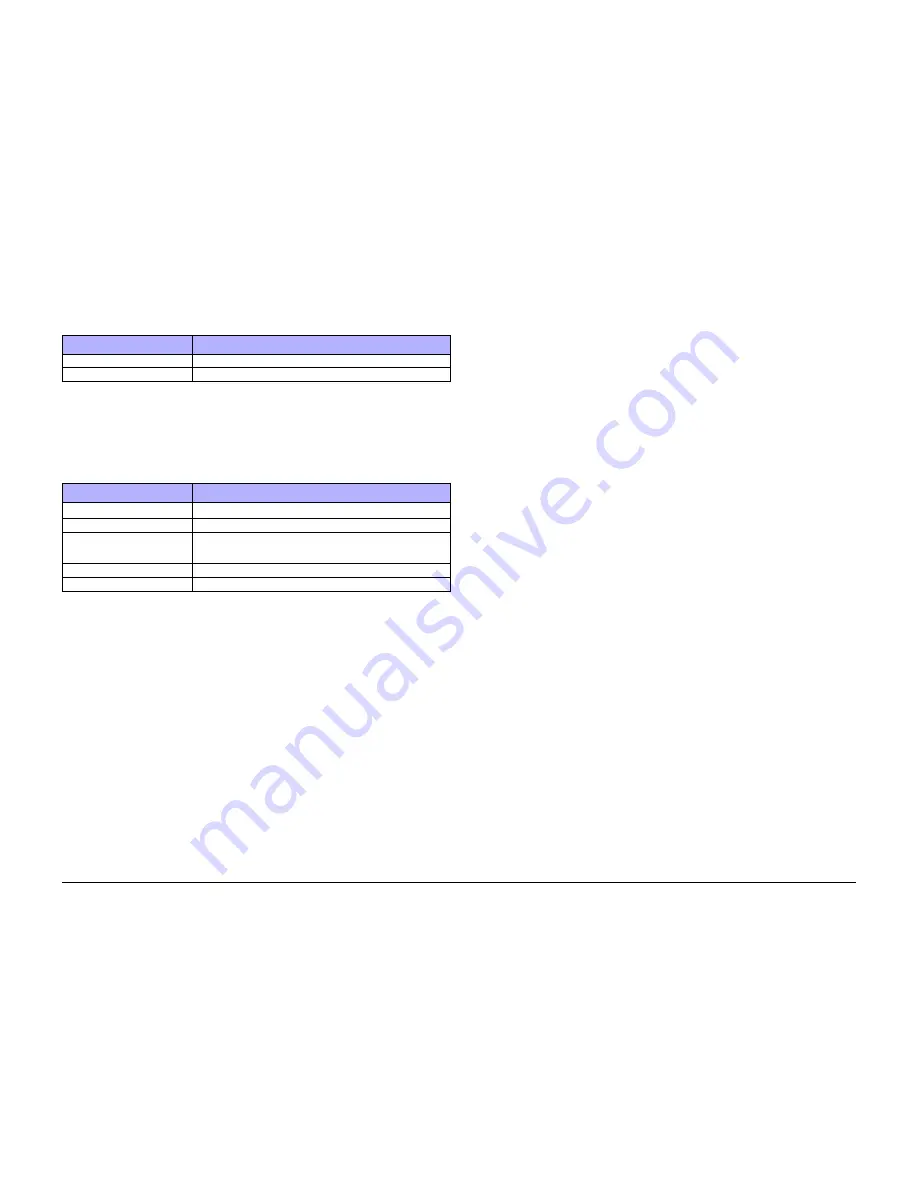
October 2012
xix
ColorQube 8570/8870 Service Manual
Printer Specifications
Introduction
Xerox Internal Use Only - Revised, 3rd Revision
Cool Down Transition Time
At nominal ambient conditions, the printer will cool to a movable condition within specified
times listed in
Table 8
.
Cold Print Process Settings
The printer uses lower temperature settings to allow the printer to have a lower FPOT from
power saver and low power modes. This allows printing to occur sooner, but at slower print
speed. Certain print types (duplex, transparencies, etc.) may be excluded from cold print pro-
cess and will therefore have a longer FPOT.
Media and Tray Specifications
The media trays accommodate most sizes and types of paper, transparencies, or other spe-
cialty media. Print the Paper Tips page for a list of supported media.
To access the Paper Tips page:
1.
On the Control Panel menu, select Information, and then press the OK button.
2.
Select Information Pages, and then press the OK button.
3.
Select Paper Tips Page, and then press the OK button to print.
Media that may Damage to the Printer
The printer can use a variety of media for print jobs. However, some media can cause poor
output quality, increased jams, or damage. Unacceptable media includes:
•
Rough, plastic, or porous media
•
Paper that has been stapled, folded, photocopied, or wrinkled
•
Envelopes with windows, metal clasps, padding, or adhesives with release strips
•
Media that is less than 60 g/m
2
or more than 220 g/m
2
Media Storage Guidelines
If media handling problems are a common occurrence, review the following storage guidelines
with the customer.
•
Store paper in dark, cool, relatively dry locations. Most paper items are susceptible to
damage from ultraviolet (UV) and visible light. UV radiation, which is emitted by the sun
and fluorescent bulbs, is particularly damaging to paper items. The intensity and length of
exposure to visible light on paper items should be reduced as much as possible.
•
Maintain constant temperatures and relative humidity
•
Avoid light, heat, and dampness.
•
Avoid attics, kitchens, garages, and basements for storing paper. Inside walls are drier
than outside walls where moisture can collect.
•
Store paper flat. Paper should be stored on pallets, cartons, shelves, or in cabinets.
•
Avoid having food or drinks in the area where paper is stored or handled.
•
Do not open sealed packages of paper until needed. Leave paper in the original packag-
ing. For most commercial grades, the wrapper’s inner lining protects the paper.
•
Some specialty media is packaged inside sealed plastic bags. Leave the media inside the
bag until needed; return unused media to the bag.
Supported Media
Information about paper sizes and weights that can be used in the printer trays is available on
the Paper Tips page (Control Panel Menu -> Information -> Information Pages -> Paper
Tips Page).
See also: Recommended Media List at www.xerox.com/paper
Table 8 Cool Down Transition Time
Transition
Maximum Transition Time
From Ready
35 minutes
From ENERGY STAR
20 minutes
Table 9 Cold Print Process Settings
Characteristic
Setting
Drum Temperature
47
º
C
Preheat Temperature
Normal Range
Transfix Speed
5 ips up to Drum temperature of 50
º
C
10 ips up to Drum temperature of 57
º
C
Reservoir Temperature
Normal Range
Jetstack Temperature
Normal Range
Summary of Contents for COLORQUBE 8570
Page 1: ...ColorQube 8570 8870 Printer ColorQube 8570 8870 Service Manual Xerox Internal Use Only...
Page 2: ......
Page 423: ......

